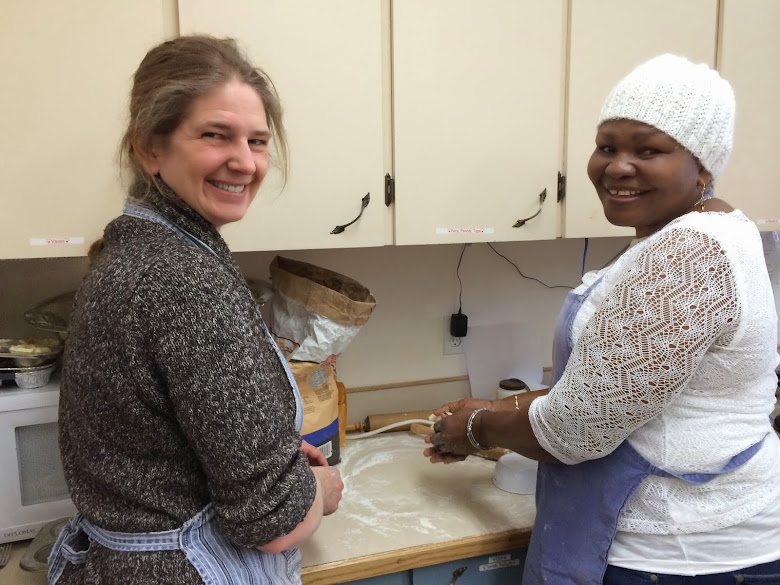Take a Walk on the Wild Side!
In September the kitchen crew went on a berry picking and wild medicinal plant walk near Hazelton, BC around Ross Lake. The berries we were primarily interested in were the Highbush Cranberry, which we learned isn’t actually a cranberry at all but a berry from the Viburnum genus of plants. Despite this distinction, the Highbush Cranberry is definitely one of my favourite regional wild berries. The plant itself is beautiful with white flowers in the spring and brilliant red berries in the fall. And, what I particularly like about picking these berries is that the shrub conveniently tints its fall leaves a striking colour of red making them stand out in the woods and as a result are reasonably easy to find!
We had a fairly successful berry pick and managed to gather enough to make a Wild Highbush Cranberry Compote. We found this recipe online at a site called Cabin Organic. We were looking for something a little different this year to make with our bounty and this recipe looked promising. It contains apples and ginger as well and as we discovered made a welcome addition to the Thanksgiving Table. If you are interested in making some for yourself the recipe can be found at http://cabinorganic.com/tag/highbush-cranberry-recipe/.
Our local, wild medicinal plant guru, Jean Christian accompanied us on our trip to Ross Lake and we had the opportunity to learn about several medicinal plants that can be used to treat a variety of common ailments and illness.
Old Man’s Beard, a lichen that hangs from trees in the forest, has very powerful antibiotic properties and is particularly effective in the treatment of strep infections. We were given a brief description on how to make a tincture from this plant and several others. In addition, we learned that the medicinal parts of many of these plants can also be dried and used in healing teas.
The bark of the Highbush Cranberry, or Viburnum was traditionally used by local First Nations groups to treat cramping and pain. Jean also explained that if we wanted we could use the berries for medicinal purposes by dehydrating and then powdering them with the resulting powder placed into capsules. The Highbush Cranberry is very high in vitamin C and as result has much benefit to overall health.
Another medicinal plant we looked at was Alum Root. Alum Root is a strong astringent and styptic that can be used for the treatment of wounds and swellings.
We are lucky to have such an educated plant person to lead these learning sessions. Our final stop before heading back to Smithers was at the Skeena Bakery. They make one of the best cinnamon buns I’ve ever had and have an amazing selection of breads!
Look forward to upcoming posts about a Moccasin making workshop we have scheduled for January 2013!





